Tokyo’s a city that effortlessly blends the ultra-modern with the deeply traditional. From the towering skyscrapers and neon lights of Shibuya to the serene temples and lush gardens of Asakusa, there’s something for everyone. Planning a trip to this bustling metropolis can be overwhelming, but I’ve got you covered.
In this six-day itinerary, I’ll guide you through Tokyo’s must-see attractions, hidden gems, and culinary delights. Whether you’re a first-time visitor or a seasoned traveler, this guide will help you make the most of your time in one of the world’s most exciting cities.
Key Takeaways
- Explore Tokyo’s dynamic blend of modernity and tradition with essential visits to Shibuya, Harajuku, Asakusa, and Ueno.
- Immerse in Tokyo’s culture by visiting landmark sites like Senso-ji Temple, Ueno Zoo, and the Tokyo National Museum.
- Experience the city’s modern attractions such as Shinjuku Gyoen National Garden, Roppongi’s nightlife, and digital art at TeamLab Borderless.
- Venture on a day trip to Nikko for a mix of natural beauty and historical landmarks like Nikko Toshogu Shrine.
- Spend a day in Odaiba and Ginza to balance futuristic experiences with traditional cultural activities like Kabuki theater.
- Conclude your Tokyo visit with a thrilling adventure at Tokyo Disneyland or DisneySea, enjoying unique attractions and a final memorable dinner.
Day 1: Exploring Shibuya and Harajuku
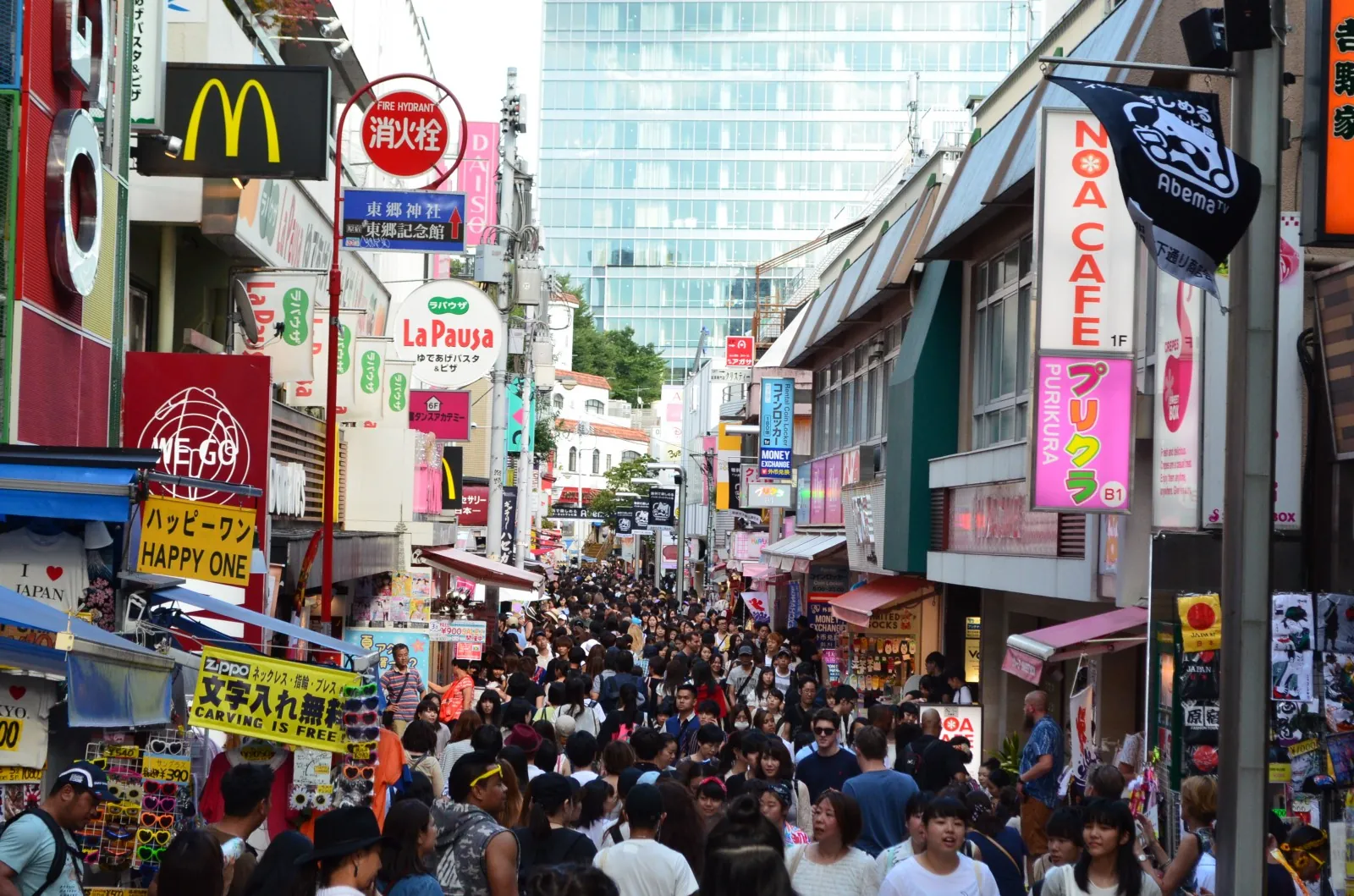
Day 1 of my Tokyo adventure kicks off with the bustling energy of Shibuya and ends with the eclectic charm of Harajuku. I immerse myself in a perfect blend of iconic landmarks, shopping, and dining.
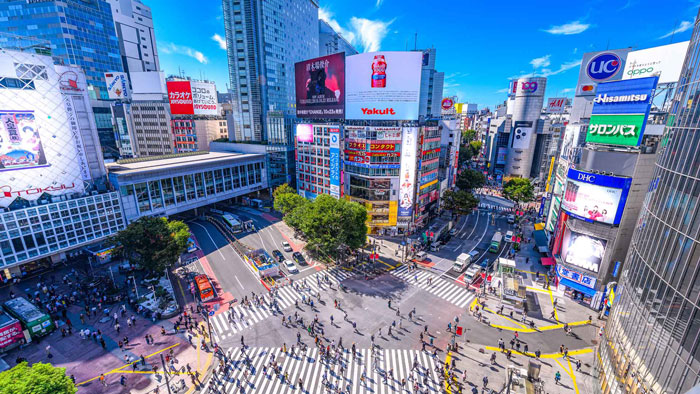
Morning: Shibuya Crossing and Hachiko Statue
My first stop is Shibuya Crossing, the world’s busiest pedestrian intersection. I capture the chaotic yet mesmerizing scene from the Shibuya Sky observation deck, offering a panoramic view of the crossing and the surrounding skyline. People from all walks of life converge here, creating a dynamic and unforgettable experience.
Next, I visit the Hachiko Statue, dedicated to the loyal Akita dog known for his unwavering devotion. Hachiko waited for his owner at Shibuya Station every day, even after the owner’s death. The statue stands as a symbol of loyalty and resilience, making it a must-see attraction.
Afternoon: Shopping in Harajuku
After soaking in Shibuya’s vibrant energy, I head to Harajuku for a shopping spree. Takeshita Street is my first stop, a lively pedestrian street renowned for its unique boutiques and themed cafes. Here, Tokyo’s youth gather, showcasing the latest fashion trends and creating a colorful, energetic atmosphere.
I then explore Cat Street, offering a quieter and more relaxed shopping experience. Local boutiques, food trucks, and cozy cafes line the street. It’s a perfect spot to unwind and enjoy a different side of Tokyo’s fashion scene.
Evening: Dining in Shibuya
I return to Shibuya for a culinary adventure. The district offers a plethora of dining options ranging from traditional Japanese cuisine to international fare. I choose an izakaya, a type of informal Japanese bar, to savor local dishes like yakitori (grilled chicken skewers) andTempura (battered, deep-fried pieces of seafood or vegetables).
Alternatively, Shibuya’s food scene also includes innovative restaurants and themed dining experiences. Whether enjoying sushi at an upscale restaurant or quirky dishes at a themed cafe, Shibuya guarantees a memorable dining experience to end my first day in Tokyo.
Day 2: Culture and History in Asakusa and Ueno
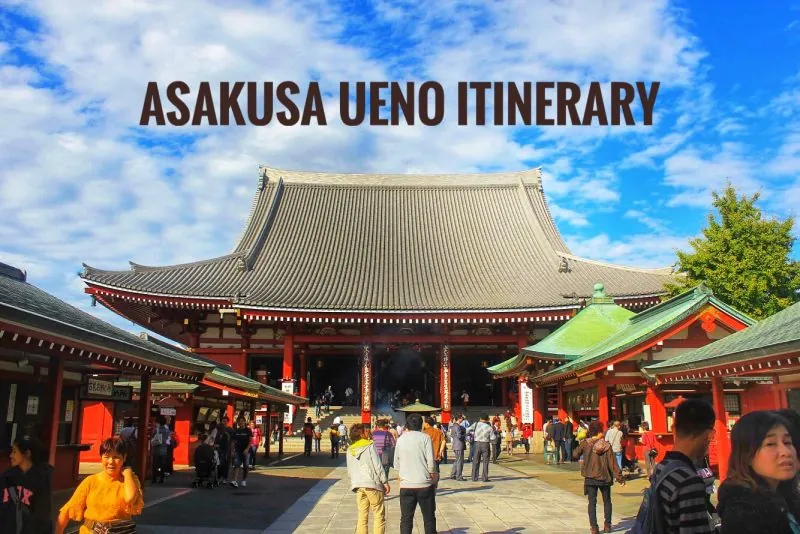
Day 2 takes us deep into the cultural heart of Tokyo, exploring ancient temples, tranquil parks, historic zoos, and vibrant markets.
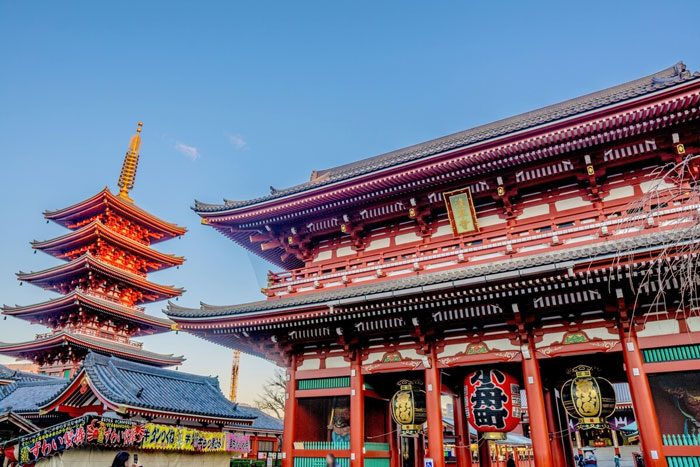
Morning: Senso-ji Temple
Senso-ji Temple is Tokyo’s oldest Buddhist temple, founded in the 7th century. The experience begins with the iconic Kaminarimon Gate, which features a massive red lantern and guardian statues. Moving through the gate, Nakamise Shopping Arcade offers traditional snacks and souvenirs. Exploring the temple grounds reveals stunning architecture, serene gardens, and numerous smaller shrines, making it a perfect place for both cultural enrichment and relaxation.
Afternoon: Ueno Zoo and Tokyo National Museum
Ueno Zoo, Japan’s oldest zoo, houses a diverse range of animals, including the beloved pandas. It’s located in Ueno Park, which is also home to several other notable museums. After enjoying a stroll through the zoo, the Tokyo National Museum awaits. As one of Japan’s largest and most comprehensive museums, it boasts an extensive collection of Japanese art and artifacts, including samurai swords, ancient pottery, and exquisite kimonos. This visit provides a deep jump into Japan’s rich cultural heritage.
Evening: Ameya-Yokocho Market
Ameya-Yokocho Market offers a lively and bustling evening experience. This open-air market is packed with street food vendors, souvenir shops, and stalls selling various local goods. The market’s atmosphere is electric, with vendors calling out their wares and customers browsing for the best deals. It’s an ideal spot for sampling traditional Japanese snacks and picking up unique souvenirs. The market provides the perfect end to a culturally enriching day in Tokyo, with its vibrant energy leaving a lasting impression.
Day 3: Modern Tokyo in Shinjuku and Roppongi
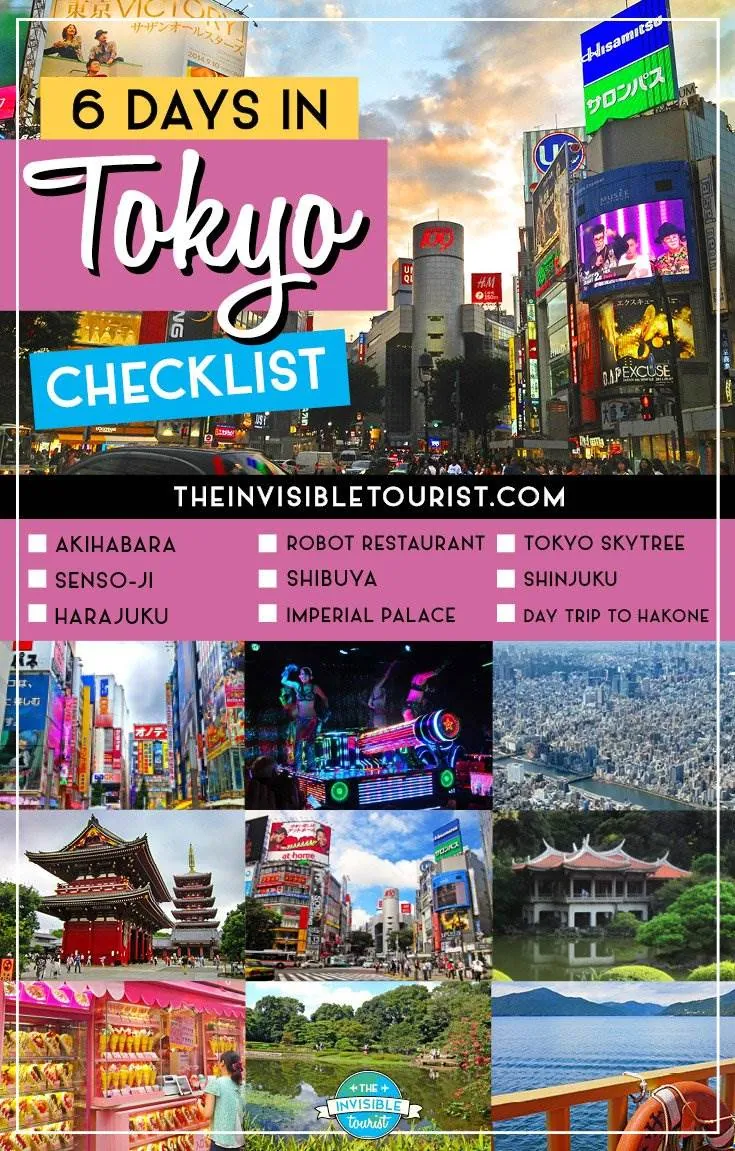
Day 3 focuses on exploring the modern attractions of Tokyo in Shinjuku and Roppongi, offering a blend of nature, culture, and nightlife.
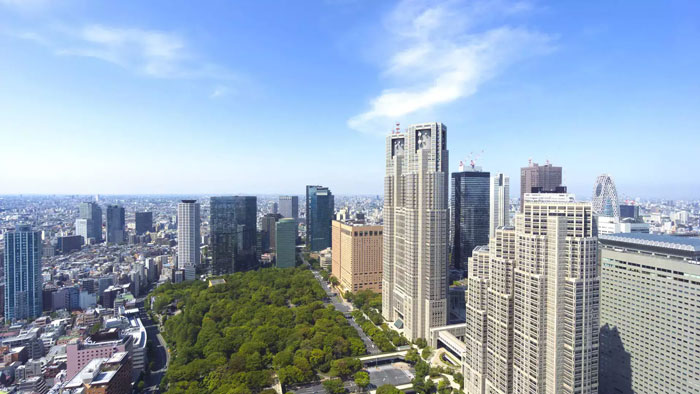
Morning: Shinjuku Gyoen National Garden
I started my day with a peaceful stroll through Shinjuku Gyoen National Garden. This serene park, isolated from the city’s hustle and bustle, provided a refreshing break. The garden is particularly stunning during cherry blossom season, showcasing vibrant pink blossoms. Three distinct styles—Japanese traditional, English world, and French formal—are blended beautifully in the garden. I enjoyed wandering through its calm pathways, taking in the picturesque scenery.
Afternoon: Observatories and Shopping
After the garden, I headed to Omoide Yokocho, a nostalgic alley in Shinjuku. This narrow walkway is home to traditional Japanese izakayas (small pubs) and various shops. I used Google Translate to navigate menus and enjoy the authentic local cuisine. Post-lunch, I traveled to Roppongi Hills to explore the Tokyo City View Observation Deck. Its 360-degree panoramic views offered breathtaking sights of Tokyo’s skyline, Mount Fuji included.
The Roppongi Art Triangle was my next stop, comprising the Mori Art Museum, the National Art Center, and the Suntory Museum of Art. Each museum displayed unique exhibits ranging from contemporary to classical art. The Mori Art Museum’s cutting-edge installations, the National Art Center’s rotating exhibitions, and the Suntory Museum of Art’s traditional Japanese art enriched my afternoon.
Evening: Nightlife in Roppongi
I concluded Day 3 by immersing myself in Roppongi’s vibrant nightlife. Known for its upscale bars and clubs, Roppongi offers an exciting nightlife scene. Popular venues like R2 Supper Club and The SG Club offered sophisticated atmospheres and top-notch drinks. I marveled at the energy and diversity of the crowd, making for an unforgettable evening.
Day 4: Day Trip to Nikko
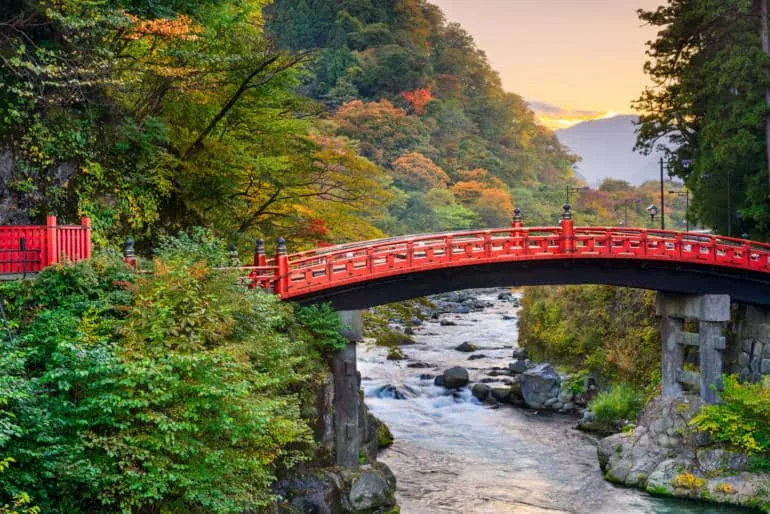
A trip to Nikko offers a blend of natural beauty and cultural heritage. It’s about 2 hours by train from Tokyo’s Asakusa station.
Morning: Travel to Nikko
I took an early train ride to Nikko to maximize my time there. The journey from Asakusa station to Tobu-Nikko station took around 2 hours. I recommend reserving a seat on the Limited Express “SPACIA” for a comfortable trip. Upon arrival, I grabbed a quick snack from a nearby convenience store before starting my exploration.
Afternoon: Exploring Nikko Toshogu Shrine
I headed straight for the Nikko Toshogu Shrine after arriving in Nikko. This UNESCO World Heritage site, dedicated to Tokugawa Ieyasu, is among Japan’s most ornamental shrines. The Yomeimon Gate, with its ornate carvings, is a must-see. I spent a couple of hours wandering through the shrine complex, taking in its historical significance and stunning architecture. If you’re hungry, try yuba, a local delicacy made from tofu skin, available at nearby eateries.
Evening: Return to Tokyo
After a full afternoon at the shrine, I made my way back to Tobu-Nikko station for the return trip to Tokyo. I boarded a Limited Express train, which got me back to Asakusa in about 2 hours. As the evening set in, I explored the Asakusa area a bit more, enjoying a casual dinner at a local izakaya before heading back to my hotel to rest.

Day 5: Futuristic Odaiba and Traditional Ginza
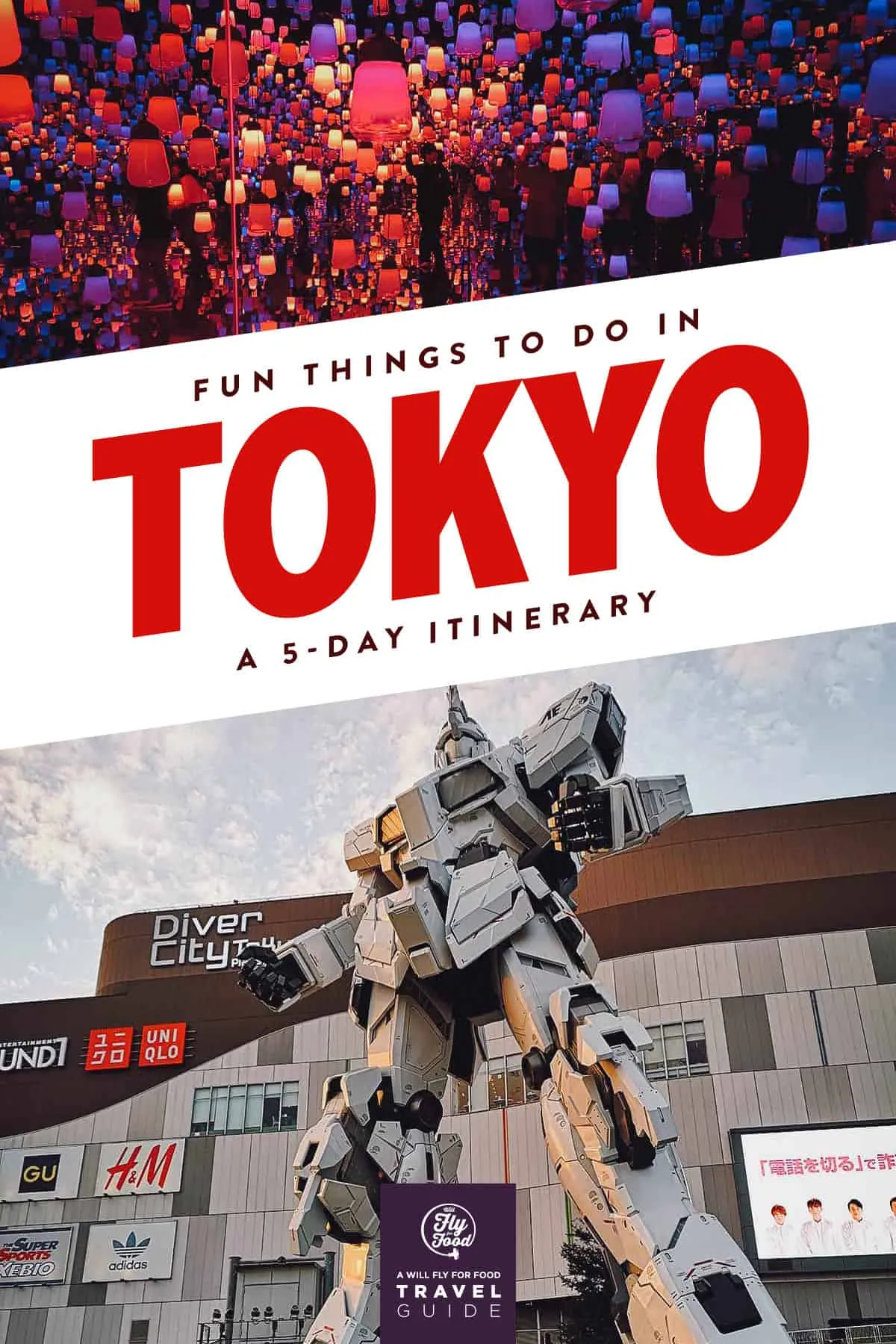
Morning: Odaiba Attractions
Day 5 begins on Odaiba Island, a high-tech hub in Tokyo Bay. This artificial island offers an array of attractions, blending modernity with natural beauty. I reached Odaiba via the Yurikamome train, which itself offers stunning views of Tokyo Bay.
Attractions here are plentiful. Odaiba’s shopping malls, like Aqua City and DiverCity, offer a mix of international and Japanese brands. Seaside parks provide a calming retreat, while beaches give rare urban access to the sea.
One must-see spot is the Unicorn Gundam Statue, a massive representation of the famous anime character. Standing at 19.7 meters, it’s a striking symbol of Japanese pop culture. Nearby, the Rainbow Bridge connects Odaiba to the rest of Tokyo, providing spectacular views, especially when illuminated at night.
Afternoon: TeamLab Borderless
I dedicated the afternoon to TeamLab Borderless, renowned for its digital art exhibits. Located within Odaiba’s Palette Town complex, the museum offers immersive experiences that interact with visitors. Art here moves and changes, creating an ever-evolving environment.
Even though currently being closed for renovation as of September 2022, TeamLab Borderless has gained worldwide fame for its innovative approach to art. Its vast, labyrinthine galleries feature rooms where light, sound, and digital projections transform spaces into surreal worlds.
Visitors typically spend hours here, mesmerized by the sensory overload. The exhibits frequently use floor-to-ceiling screens, interactive projections, and mirrored halls, making the experience deeply engaging. Although renovations are ongoing, checking for reopening dates is essential for future visits.
Evening: Traditional Kabuki Theater in Ginza
As evening fell, I ventured to Ginza for a taste of traditional Japanese culture. The Kabukiza Theatre, famous for Kabuki performances, lies at the heart of Ginza. This theater blends architectural beauty with cultural significance, offering a unique glimpse into Japan’s theatrical heritage.
I attended a Kabuki performance, characterized by elaborate costumes, dramatic storytelling, and stylized acting. Even without understanding Japanese, the visual spectacle and emotional depth of Kabuki are captivating. Performances often feature historical narratives, turbulent love stories, and tales of samurai valor.
Tickets range from full-day passes to single-act seats, providing flexible options for various schedules. For those interested in delving deeper, English audio guides are available, enhancing the enjoyment and understanding of the performance.
This section blends futuristic and traditional experiences, offering a rich, varied Day 5 in Tokyo. Odaiba highlights modern entertainment, while Ginza presents timeless cultural treasures.
Day 6: Disneyland or DisneySea Adventure
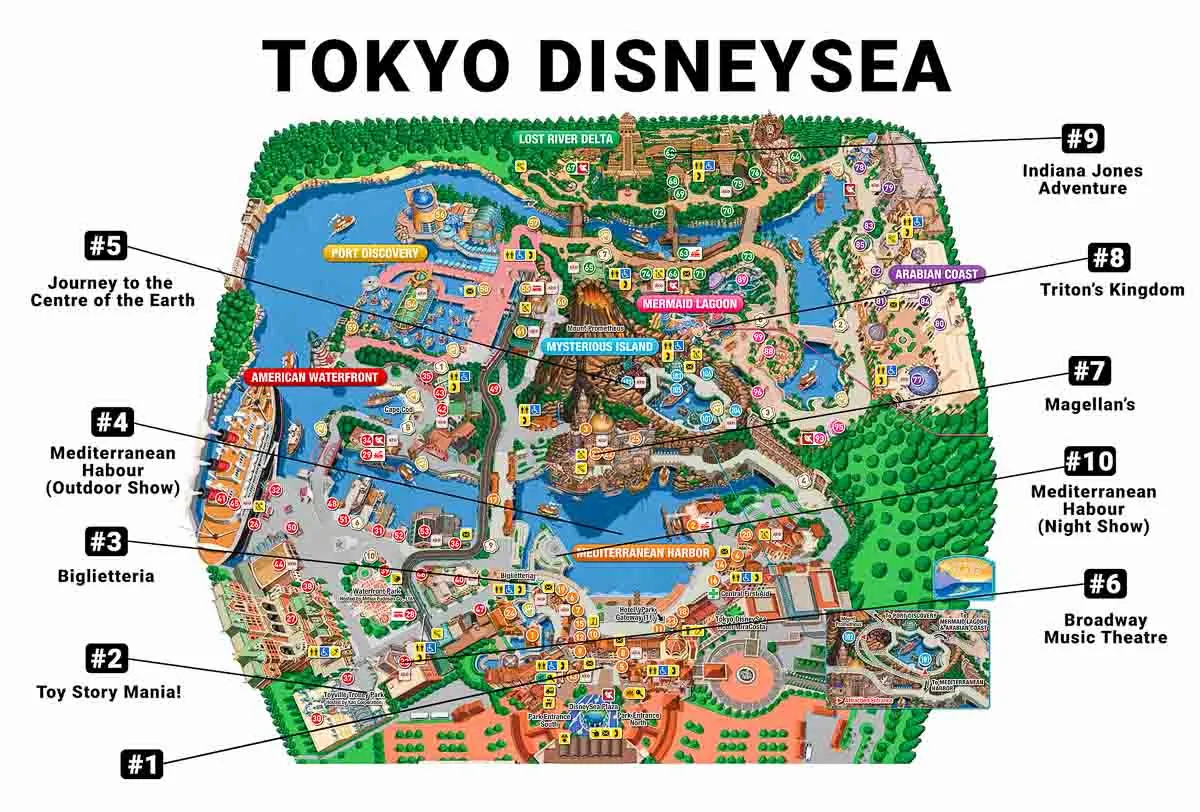
A thrilling final day awaits at Tokyo Disneyland or DisneySea. It’s a perfect conclusion to a diverse exploration of Tokyo’s cultural and modern attractions.
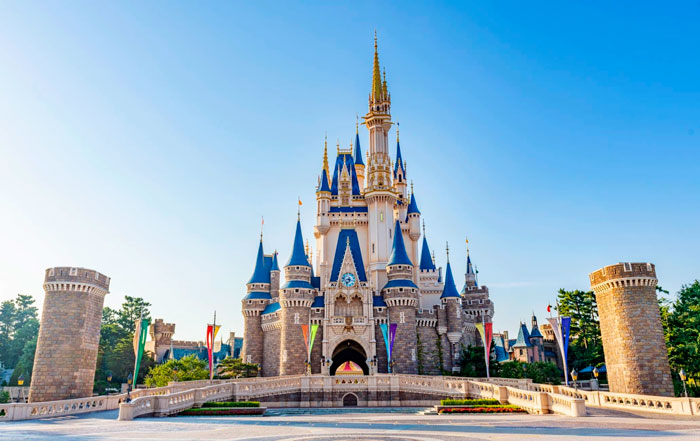
Morning: Arriving at the Park
Arrive at least an hour before the park opens to smoothly manage the day’s activities. Scan tickets into the Tokyo Disney Resort app. This preparation helps efficiently handle StandbyPass, Disney Premier Access, and Entry Requests. Enjoy breakfast beforehand to avoid wasting valuable park time.
Afternoon: Enjoying the Attractions
Focus on Tokyo DisneySea-exclusive rides for a unique experience. “Journey to the Center of the Earth” offers an exciting adventure through volcanic caverns. The “Indiana Jones Adventure” thrills with its archaeological escapades. Don’t miss “Sinbad’s Storybook Voyage” for a whimsical journey. Use Premier Access for popular rides like “Tower of Terror” and “Toy Story Mania” to save time and avoid long waits.
Evening: Final Dinner in Tokyo
After the park festivities, enjoy a final dinner in Tokyo. I recommend exploring nearby dining options like Ikspiari, the lively shopping and dining complex adjacent to Tokyo Disney Resort. Sample a variety of cuisines, ensuring a memorable end to the Tokyo journey.
Conclusion
Exploring Tokyo over six days offers an unforgettable blend of tradition and modernity. From historic temples and bustling markets to futuristic attractions and serene parks every moment in this city is a discovery. Wrapping up the adventure with a day at Tokyo Disneyland or DisneySea ensures a magical end to an incredible journey. Whether it’s savoring local cuisine or marveling at cutting-edge technology Tokyo never ceases to amaze. I hope this itinerary inspires you to begin on your own Tokyo adventure and create lasting memories in this vibrant metropolis. Safe travels!
Frequently Asked Questions
What are the highlights of the Asakusa district in Tokyo?
Asakusa is known for Senso-ji Temple, Tokyo’s oldest temple, along with Nakamise Shopping Street offering traditional snacks and souvenirs.
What can visitors see and do in Ueno?
Ueno is famous for Ueno Park, Ueno Zoo, and various museums, including the Tokyo National Museum and Ueno Toshogu Shrine.
Why should travelers visit Shinjuku?
Shinjuku is a major commercial and entertainment hub with attractions like Shinjuku Gyoen National Garden and the bustling nightlife and shopping options in Kabukicho.
What does Roppongi offer to tourists?
Roppongi is known for its vibrant nightlife, contemporary art galleries, and the Roppongi Hills complex featuring spectacular city views from Tokyo City View.
What makes Nikko a must-visit destination?
Nikko is renowned for its UNESCO World Heritage sites, including Toshogu Shrine, Rinnoji Temple, and Kegon Falls, offering a mix of natural beauty and historic architecture.
What are the main attractions in Odaiba?
Odaiba features futuristic attractions like the teamLab Borderless digital art museum, Odaiba Seaside Park, and Palette Town’s Giant Sky Wheel.
What can visitors expect in Ginza?
Ginza is Tokyo’s upscale shopping district known for luxury brand stores, fine dining restaurants, and the iconic Ginza Six shopping complex.
Why include Tokyo Disneyland or DisneySea in the itinerary?
Both parks offer unique experiences with exclusive rides and themed areas; arriving early helps maximize enjoyment and manage time efficiently.
Where should one have the final dinner near Tokyo Disney Resort?
Dining options near Tokyo Disney Resort include Ikspiari’s various restaurants or hotels like the Disney Ambassador Hotel for a memorable culinary experience.

